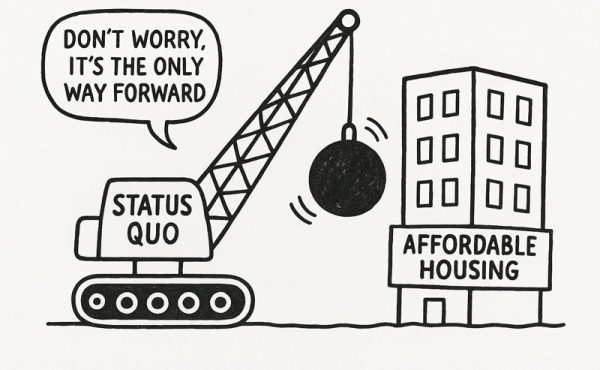

The quest to integrate a rapid urbanization with natural living systems is a top priority for cities around the globe. Tim Beatley’s attempts to move the theoretical to the practical in Biophilic Cities.
Author Timothy Beatley (Island Press, 2010)
Reviewed by Kevin Jingyi Zhang
Biophilic Cities by Timothy Beatley makes the case that having direct connections with nature is the key to being healthy and productive individuals. Given that most people today live in cities or rapidly urbanizing areas, the need for quality exposure to nature is even greater. He argues that nature should not be an after thought when developing our cities, but rather treated as a co-evolving system, complementing our own built form. Nature in cities not only serves practical goals – such as water cleansing and habitat for animals- it also instills awe and wonderment in those that come across it.
The goal of this book is to take the idea of biophilic cities from theoretical notions to practical reality. Consequently, it’s logically organized into 5 sections: The Importance of Nature in Urban Life, Nature in Cities, Biophilic Cities, Biophilic Urban Design, and Tools for Fostering Biophilic Cities.
The first chapter serves as a broader introduction – discussing the general benefits of the exposure to nature, examining a range of themes from physiological well-being to instilling curiosity in children – while Nature in Cities serves to familiarize readers with the abundance of nature that often goes unnoticed in cities.
The third chapter explores the many facets of biophilic cities including nature-focused government structures and biomimiced forms. Biophilic Urban Design builds on the latter by discussing how the concepts in the previous chapter are applied in real life. Finally, Tools for Fostering Biophilic Cities investigates ways of establishing biophilic initiatives and pushing the bounds of current research.
While the concept of biophilic cities is well presented in this book, there could be more material in justifying its claims and differentiating it from other “green” approaches to planning. The author claims that biophilic cities are about much more than just the practical benefits associated with nature in cities. However, the “more” in this case are benefits that are extremely subjective (eg curiosity in citizens) and are often sentimental and nostalgic in nature. For these concepts to translate into built form when there are diverse stakeholders present, the arguments and evidence need to be more objective and quantifiable. Attempts at quantifying the economic value biophilic cities have stopped at simply “houses with trees sell for more.” While one understands the positive intentions behind biophilic cities, overly simplistic claims, such as all nature is good, does not lend much credit to the movement.
Overall, this book makes a compelling case for including more nature in our cities. However, it lacks a certain rigour in its arguments and evidence were it ever to be used for policy purposes. That said, it is tremendously educational and provides the reader with a delightful new perspective to re-explore their surroundings.
***
For more information on the book, visit the website.
**
Kevin J. Zhang is an Environmental Design graduate from the University of British Columbia. He is interested in all areas of architecture and urban design. He is also known for strange mechanical designs and badminton.


